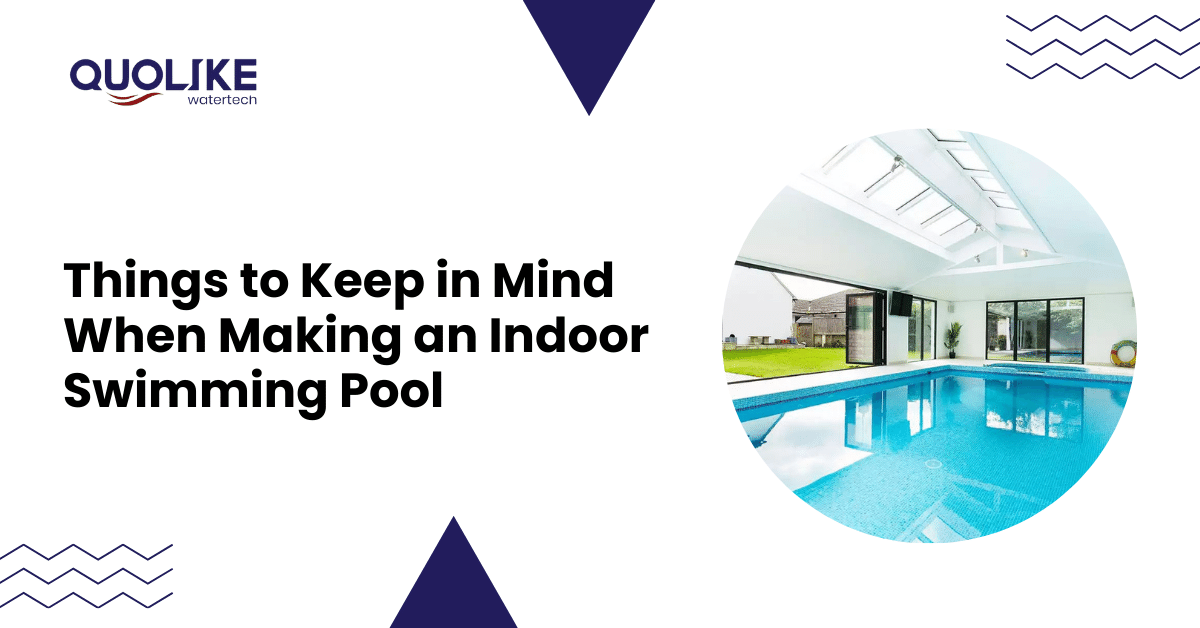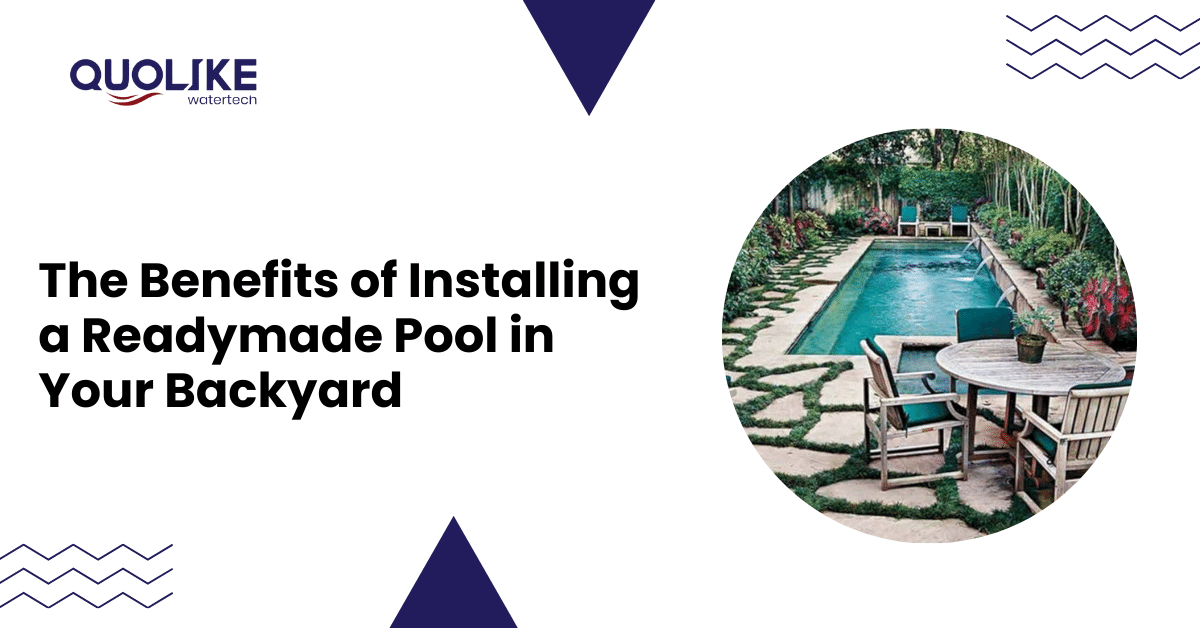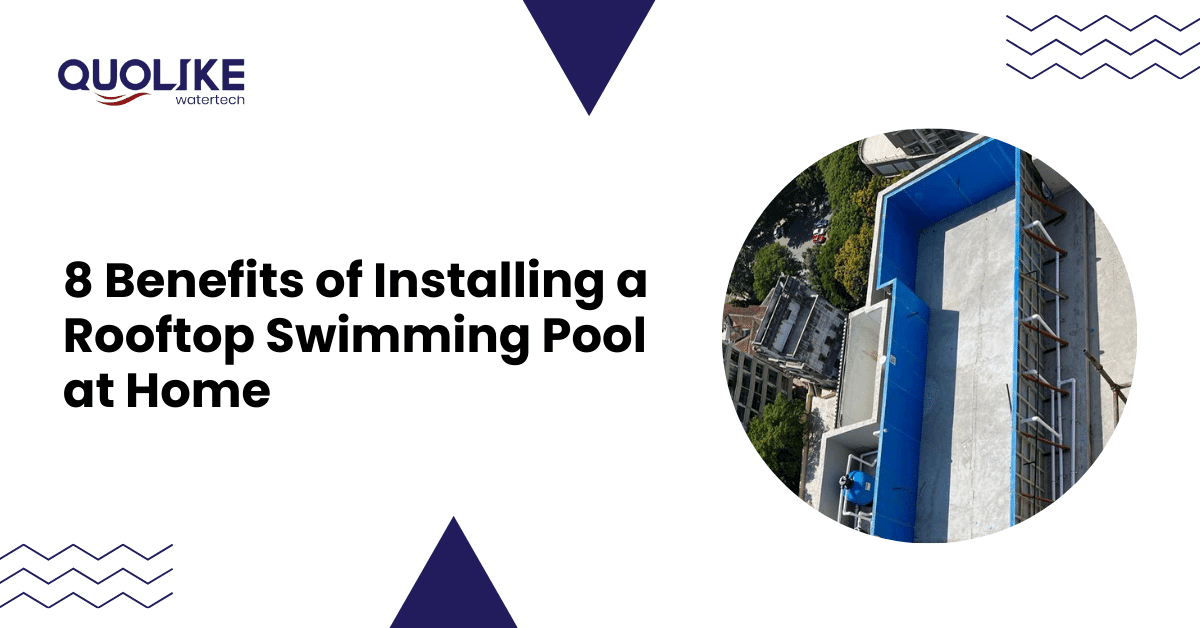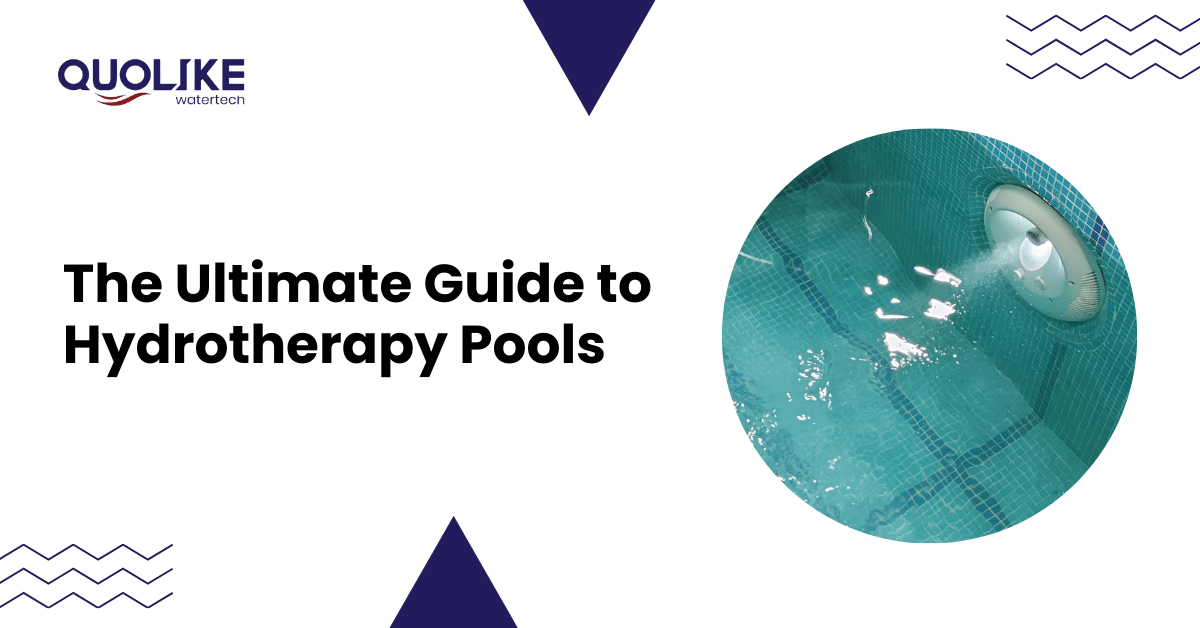Finding Your Dream Prefab Swimming Pool: A Complete Guide
Introduction
In the past few years, the monolithic, on site concrete pool dominance has been threatened by an up and coming group of rapid, modular options. They’re manufactured offsite under consistent circumstances and constructed onsite in one fourth the time with their own cost efficiencies, design versatility, and sustainability advantages. As pool ownership is considered by those today, the operations, advantages, and compromises of a prefab swimming pool company are paramount. This article looks beyond superficial comparisons and examines often unstated factors: material selection and longevity, systemic sustainability, site limitations and structural incorporation, permitting and regulation traps, and real world installation headaches.
What Exactly Is a Prefab Swimming Pool Company?
A prefab swimming pool company constructs finished pool shells or modular panels in factory plants, shipping them to the customer location for final assembly. Unlike traditional cast in place construction, assemblies of the modular system are done with prefabricated components panels, frames, liners, or shells that are bolted, welded, or snap together. As much as possible, much work is “pre-done,” transposing labor, quality control, and finishing from variable onsite conditions.
The comparison to traditional pools is stark: no curing wet plastering, no delays from onsite tiling, and no weather related setbacks out of control. What’s left is site work (excavation or roof strengthening), plumbing connections, finishing adjustments, commission testing.
All prefab is not the same, however. Some uses one piece fiberglass shells, others steel panel frames with liners, still others stainless steel or composite panels with interior coatings. An effective prefab swimming pool company must combine material science, joint design, tolerance control, and logistics the elements too many superficial comparisons omit.
Cost Savings Revisited: Where the Money Really Comes From
Among the chief sales points of modular systems is the saving of money and that sales pitch deserves closer looks.
Reduced Labor Time & Transit Delays
Factory based assembly means less unpredictable labor onsite. Many modular systems can be assembled and made operational in days or weeks rather than months. Reports from modular pool manufacturers show installation time reduced by up to 70 percent versus full civil builds. Because labor is often a large chunk of pool cost, this compression translates directly into savings.
Predictable Bill of Materials
Where the components are pre made, material usage, tolerances, wastage, and quality are predetermined. The prefab pool constructor can much more confidently guarantee the fixed cost package offer than the conventional constructor working under uncertainties off the site.
De-risked Finishes and Warranty Charges
Factory conditions under control allow for improved quality finishes, welds, coatings, and connections. Fewer onsite remediation of defect rates and leak repair during the term of the contract reduce price contingencies.
Lower Structural Burden
Since modular shells are usually slender with engineered framing, the load requirements on the soil, foundation, or rooftop slab are sometimes reduced compared with the load demands of a heavy concrete shell. This may prevent additional civil strengthening or work of reinforcement.
In reality, for an average-sized pool, such efficiency bundles have enabled modular systems to compete on 15–30 percent less installed cost versus custom concrete installations including tiling, waterproofing, and site work.
Eco-friendly features that tend to be overlooked
Modular pool packages provide fascinating leverage toward sustainability not only sales, but actual world operational benefits.
Material Efficiency & Waste Reduction
Factories can optimize layout nesting, minimize scrap, and precisely dimension components. Onsite concrete and plaster jobs generate substantial waste, offcuts, over ordering, and excess consumables. The line item waste of modular installation is far lower.
Energy Performance & System Integration
Because so much design layout is pre-determined, prefab pool engineers are able to include better filtration piping designs, flow efficient plumbing, and pre-installed insulation. Some modular designs also include solar heating channels or low-circulation flow as part of the design.
Longevity and Durability
Non-porous coatings like stainless steel or fiberglass also deter staining, algae, and chemical attack across the blasted concrete plaster surfaces. This translates into reduced requirement for chemical corrections as well as water replacement during the lifecycle, hence environmental load reduction.
Reduced Lifecycle Carbon Footprint
Cradle to grave, modular construction assemblies follow less onsite carbon (fewer machinery hours, fewer trucks, and fewer deliveries of plaster or cement) and have plants with less carbon intensive processes. At the century long timescale, the less frequent maintenance, repair, and recoat significantly favor low embodied carbon.
Technical Consideration Keys: Make or Break the Modular Pool
To make the distinction between better and average companies, the emphasis is then made on technical fidelity. The point of difference is engineering quality.
Joint & Seal Design
Where panels meet, water-tightness is the entrusted challenge. Gaskets, welds, tongue and groove fits, compression gaskets, hybrid mechanical seals all require exact tolerances and redundancy. A competent Swimming pool construction company ensures double seal systems, calibrated torque settings, and backer supports behind panels for integrity.
Corrosion Control
The majority of the modular designs incorporate stainless alloys or galvanized steel to fight chlorine laden water. Protective coatings (powder coat, epoxy, PVC) encapsulate the structural substrate. Factory application with even, uniform procedures is superior to patch work onsite.
Structural Tolerance Compensation
Ground movement or movement of the slab, thermal movement, and load differentials are requirements for expansion joints or differential cushioning. The modular construction will also require movement tolerances and elastomeric joining. Flatness tolerances (in millimeters per meter) are also required for panel bedding and liner planarity.
Load and Deadweight Engineering
When a modular shell is placed on soil, slab, or rooftop, live water weight (approx. 1,000 kg per cubic meter) is massive. Design must account for distributed loads, point loads, anchoring (if above ground), as well as wind and seismic loads in some zones.
Manifold Plumbing System
In modular installations, plumbing usually passes through pre-organized chambers or conduits incorporated into panels. If done correctly, it avoids excessive runs of field piping, loss of friction, and accelerates hydraulics. Poor design, however, creates bottlenecks where circulation is impaired.
Testing & Certification
Factory pressure testing, hydrostatic testing, structural testing, and NDT weld inspections are what set an elite provider apart from one that is mediocre. Ensure that you have ISO, CE, or third-party certification of shell integrity.
Installation Insider Tips: What Buyers Rarely Get Told
The best shell is incomplete without effective execution. The below are insider strategies frequently overlooked by buying materials.
Soil and Slab Compatibility Test
Before purchasing a shell, ensure you have done a geotechnical or structural slab survey. Most modular failures are the result of the base not being properly compacted, shifting subsidence, or localized panel weakness causing panel stress. Either rooftop or ground floor must have surveying and load mapping done before delivery.
Access & Crane / Lift Logistics Plan
Modular panels or shells can come on flatbeds or shipping containers. Crane, forklift, or gantry may be required. With rooftop or narrow suburban lawns, inventive access planning and temporary scaffolding often make the difference between success and expensive delay.
Backfill Strategy & Compaction
Panel wall backfills must be even material pea gravel, sand, or controlled density soils and must be compacted in lifts. Where sensitive structures are nearby, poor phasing, or unstable backfills will bulge or deform.
Phased Hydration & Proof-Load Filling
Rather than filling the pool all at one time, incremental water steps (i. e., 20 %, 50 %, 80 %) allow for monitoring for misalignment and panel effectiveness. Monitoring during fill with correction can intercept misalignment before serious problems arise.
Electrolysis Protection & Bonding
Where materials are dissimilar or where alternate copper fittings are found (i.e., stainless steel construction with copper fittings), the entire system must be electrically joined to one ground potential. It decreases stray-current corrosion.
Last Seal Inspection & Redundant Membranes
Despite factory seals, you will never overlook the field gasket. Apply thin sealant bead (liner-compatible) at joints, follow by vacuum or pressure test, and then apply protective membrane (e.g., geotextile backing pad) behind liner as an insurance.
Commissioning & Flow Balancing
Circulation systems must be balanced (pump sizing, head losses, return flow calibration). Oversized pumps waste energy; undersized ones starve skimmers. Always record flow metrics during commissioning relative to manufacturer specs.
Types of Sites and Restrictions: Adapting Modular Construction to Real Life
Modulars are also sold as one size fits all packages a few site conditions must be customized.
Rooftop Pools
These have high demands for slab-load reinforcement, waterproofing, and vibration decoupling. The modular shell weight plus water often demands auxiliary beams or reinforcement. The shell is required to fit rooftop curvature, drainage, and joining with terrace membranes.
In-Ground Uneven Terrain
Stepped or tiered modular design may be necessary when site slope or conditions are inconsistent. Off-level sites require the use of shims or variable footing systems within the modular frame design.
Urban Spaces with Limited Access
Modular sections will need to be slender or split up to pass through alleyways or gates. The prefab swimming pool company is also agile: send out small modules assembled on-site. There are even suppliers that conduct join-in-place tango welds or stitches.
Cyclonic or Seismic Regions
Applications where seismic loading or heavy wind loading exists will require module attachment, expansion devices, anchor plates, and differential stress joints. Shells must be listed for local code loads, not just static water load.
Cold-Climates & Freeze Zones
In cold-winter sites, the modular systems must take ice thaw cycles into account. The panels must be stiff enough so the freezing pressure does not cause the panels to buckle, and the plumbing is below the frost lines or uses the freeze-protect circuits.
Choosing the Perfect Prefab Swimming Pool Company: The Buyer’s Guide
Choosing the provider is not determined by price alone. Use the following checklist to better review the offers.
- Engineering transparency: Request panel drawings, joint cut-sections, calculated stresses, and factory test reports.
- Structure and finishes warranty: Structure warranty (10+ years) and coat/liner warranty (2–5 years) should be standard.
- Third-party certification: Third-party testing, structural testing, or an ISO certification reduces risk.
- Project references & case studies: See the sites visited, attend the performance, interview owners.
- Lifecycle cost estimate: Not only first cost but also 5-, 10-, and 20-year cost estimates (water, chemicals, maintenance).
- Support and Logistics: Verify delivery plan, stock of replacement parts, engineer site availability, and commissioning support.
- Flexibility for customization: Adaptability to change shape, depth zones, stair configurations, and visual finishes without excessive surcharge.
- Sustainability commitment: Request energy efficient systems, solar integration, low-flow pumps, and environmental certifications.
By consulting this checklist, the buyer will be better positioned to choose an actually great prefab swimming pool company rather than a commodity kit vendor.
Spotlight Example: How a High Performing Company Operates
At the intersection of these ideals sits Quolike Watertech a company that pursues precision in modular pool development, process control, and end-to-end client support. Their model emphasizes factory-controlled fabrication of pool shells or modules, rigorous structural assessment, and comprehensive post installation services. They design rooftop pools, container-based assemblies, and in-ground modular systems, integrating eco-solutions, filtration, and warranties in one package. Their approach exemplifies the philosophy: modularity need not compromise quality or aesthetic aspiration.
Conclusions & Strategic Recommendations
The prefab or modular pool wave is not so much a fad as an evolution of pool construction common sense. A swimming pool contractor India provides speed, economy, and environmental benefits but only if underpinned by intense engineering, intelligent logistics, and integrated design. Consumers need to dig through sales sheen to mechanics: joint effectiveness, structural loads, logistics, expansion provisions, and lifecycle cost.
For potential pool project initiators today, the margin is found in accurate site assessment, active vendor qualification, and walking through installation procedures cautiously. If those requirements are satisfied, modular systems equal the performance of traditional pools and they could exceed them.
In the era of smarter building, Quolike Watertech offers a modern blueprint: credible factory fabrication, integrated infrastructure, and support systems that complete the vision. With such a model, modular swimming pools shift from a niche novelty to a mainstream, high value option as elegant as they are efficient.

 The swimming pool is a luxury that curbs the appeal and gives it an extravagant appearance. Building a private pool in your home requires a lot of patience and precision and a skillful team of members. If you are wondering about the parameters and criteria to look for while building a pool, this guide is for you. We will understand the specifications to consider while building a pool in your backyard in this blog.
The swimming pool is a luxury that curbs the appeal and gives it an extravagant appearance. Building a private pool in your home requires a lot of patience and precision and a skillful team of members. If you are wondering about the parameters and criteria to look for while building a pool, this guide is for you. We will understand the specifications to consider while building a pool in your backyard in this blog.

